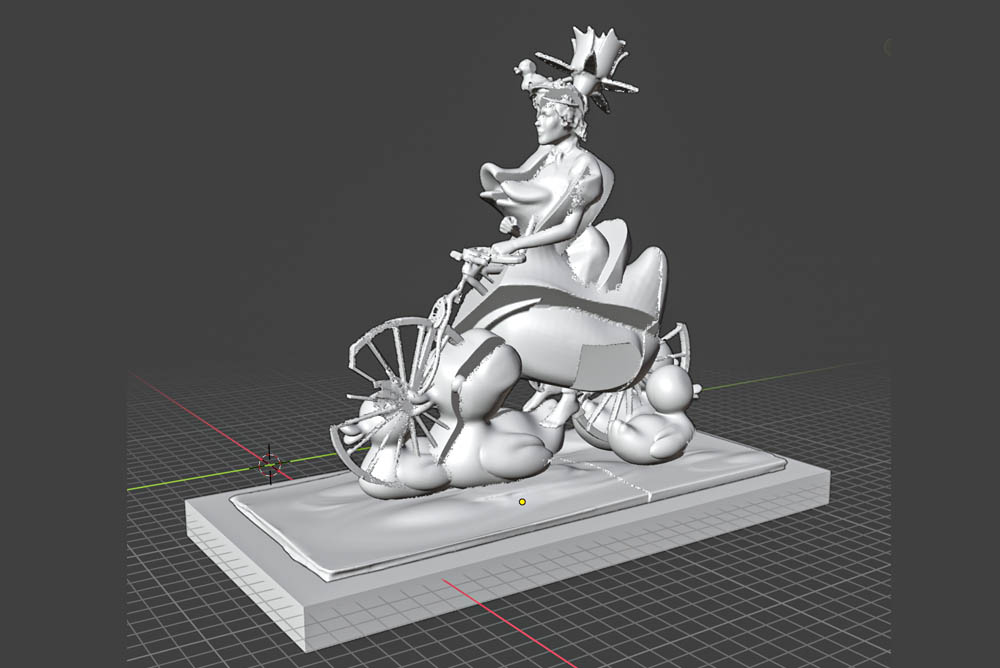Devnenski's Workflow
About 3D sculpture design shortly:
It is an innovative and dynamic field that combines traditional artistic techniques with modern technology. This process involves creating three-dimensional forms that can be crafted from a variety of materials, including clay, metal, wood, and even digital mediums. Artists and designers use tools like computer-aided design (CAD) software to visualize and manipulate their ideas, allowing for precise detailing and experimentation with shapes and textures before the physical creation begins.

Digital Design:
The 3D sculpture process begins on a computer using specialized 3D modeling software such as Blender and Meshmixer. Devnenski starts by creating a digital model, carefully sculpting the form and adding intricate details like texture, surface patterns, and fine structures. Throughout this phase, attention is given to making the model "watertight" — ensuring there are no gaps or holes in the geometry — and keeping the mesh optimized for smooth printing. He also considers factors like wall thickness, supports, and overall stability. Once the digital sculpture is complete, it is exported into a printable file format such as STL or OBJ.
In his work Devnenski uses elements based on his own digital collage artworks, converted to 3D-meshes and some 3D-ready copyright free models from others.

3D Printing:
Devnenski exports and processes the files in Bambu Lab slicing software, which prepares it for 3D printing. The slicer analyzes the model, slices it into thin horizontal layers, and generates a set of instructions (G-code) that the 3D printer can follow. Settings like layer height, print speed, infill density, and support structures are configured at this stage to ensure a successful print. The file is then transferred to a 3D printer (Bambu Lab), which builds the sculpture layer by layer using PLA and PETG materials. After printing, post-processing steps such as support removal, sanding, curing (for resin prints), and painting may be done to finish the sculpture and enhance its final appearance.